Spice Up Your Life: The Ultimate Recipe for Spanish Meatballs (With a Twist)
If you’ve ever dreamed of traveling through the vibrant flavors of Spain without leaving your kitchen, this recipe for Spanish meatballs is your golden ticket. But we’re not just stopping at a basic recipe—we’re diving deep into the spice traditions that make this dish a culinary gem from the Iberian Peninsula. Whether you're a seasoned pro or just dipping your spoon into global spice culture, this post will serve up flavor bombs and fascinating facts in one delicious package.
Table of Contents
- What Are Spanish Meatballs?
- Essential Spices in Spanish Cuisine
- Classic Ingredients for Spanish Meatballs
- Step-by-Step Recipe
- Pro Tips for Perfect Meatballs
- Cultural Notes & Historical Context
- Serving Suggestions & Pairings
- Recipe Variations & Regional Twists
- Health Benefits of Key Spices
- Conclusion
What Are Spanish Meatballs?
Known as "albóndigas" in Spanish cuisine, meatballs are typically made with a mixture of ground meats, herbs, spices, and breadcrumbs soaked in milk or broth. Unlike their Italian cousins, Spanish meatballs often have a softer texture due to the inclusion of bread and are frequently cooked in rich tomato-based sauces or broths infused with regional spices like paprika and saffron.
Essential Spices in Spanish Cuisine
Spanish cooking may not always scream “spicy,” but it certainly whispers “aromatic.” Here’s a quick list of must-have spices when preparing your meatballs:
- Pimentón (Paprika): Smoked or sweet—both add depth and color.
- Garlic: Fresh minced garlic brings boldness and warmth.
- Cumin: Adds an earthy warmth that enhances the savory elements.
- Saffron: Used sparingly but highly prized for its unique aroma and golden hue.
- Oregano/Thyme: Dried herbs bring rustic Mediterranean charm.
- Bay Leaf: For simmering sauces—don’t skip it!
| Spice | Flavor Profile | Best For |
|---|---|---|
| Pimentón (Smoked Paprika) | Earthy, smoky, slightly sweet | Rich, savory dishes; tomato sauces |
| Cumin | Warm, nutty, slightly bitter | Ground meat blends; stews |
| Saffron | Delicate floral, metallic notes | Luxury dishes like paella and sauces |
| Oregano | Herbaceous, peppery | Tomato sauces, marinades |
| Garlic | Pungent, savory | Almost everything! |
Classic Ingredients for Spanish Meatballs
You’ll want to gather these ingredients before rolling up your sleeves and getting ready to create magic:
- Ground beef (or a mix of beef and pork)
- Breadcrumbs (soaked in milk or broth for tenderness)
- Egg (acts as a binder)
- Finely chopped onion
- Minced garlic
- Chopped parsley (for freshness)
- Pimentón (smoked or sweet)
- Dried oregano or thyme
- Cumin
- Salt and black pepper
- Olive oil (for frying)
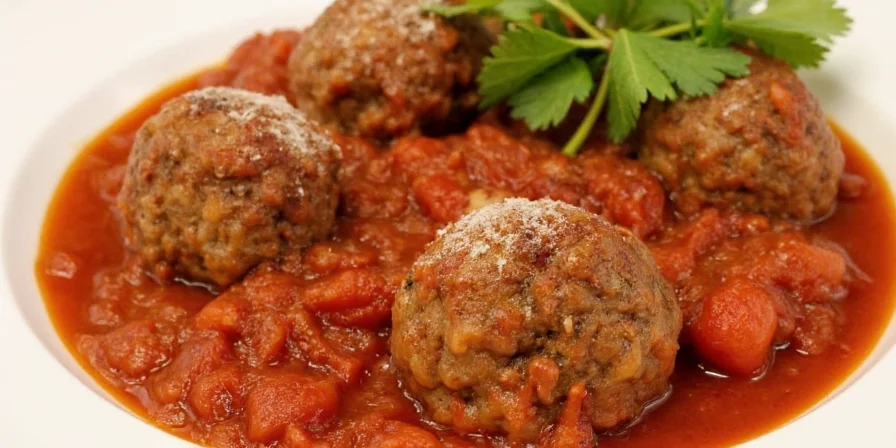
Step-by-Step Recipe
- Soak Breadcrumbs: In a bowl, combine breadcrumbs with warm milk or broth. Let sit for 5–10 minutes until softened.
- Mix Ingredients: In a large bowl, combine ground meat, soaked breadcrumbs, egg, onion, garlic, herbs, spices, salt, and pepper. Mix gently but thoroughly—avoid overmixing!
- Rest the Mixture: Cover and refrigerate for 20–30 minutes to firm up.
- Shape the Meatballs: Roll into even-sized balls using your hands or an ice cream scoop.
- Heat Oil: Warm olive oil in a large skillet over medium heat.
- Seal the Meatballs: Brown each side until golden but not fully cooked through—about 2–3 minutes per side.
- Simmer in Sauce: Add your preferred sauce (tomato-based, wine-infused, etc.) and let simmer on low for 20–25 minutes until tender and juicy.
Pro Tips for Perfect Meatballs
- Use Cold Hands: Cold fingers prevent the fat from melting too quickly during mixing.
- Avoid Overmixing: This leads to tough, rubbery meatballs. Mix just until combined.
- Uniform Size: Use a cookie or ice cream scoop to keep them all the same size for even cooking.
- Double-Spice Technique: Add half the spices early in the process and the rest right before shaping for layered flavor development.
- Use a Cast Iron Skillet: For better browning and even heat distribution.
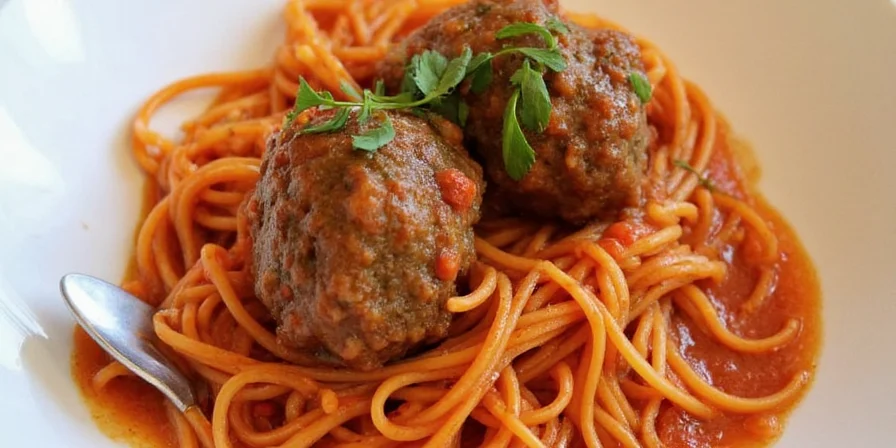
Cultural Notes & Historical Context
Spain's love affair with meatballs dates back centuries. Influenced by Moorish, Roman, and later American ingredients, Spanish meatballs evolved uniquely compared to other European versions. While Italy leaned toward Parmesan and parsley, Spain embraced bread for texture and paprika for soul.
The word “albóndiga” itself comes from Arabic via Latin, reflecting Spain’s complex cultural layers. These meatballs were often served during family gatherings and festive occasions, especially during holidays or Sunday lunches.
Serving Suggestions & Pairings
- Over Rice: A simple way to soak up the flavorful sauce.
- With Pasta: Especially wide ribbons like pappardelle or fettuccine.
- With Crusty Bread: To mop up every last drop of sauce.
- Wine Pairing: Try a Tempranillo or Garnacha—it complements the smoky spices beautifully.
- Side Salad: A light arugula or watercress salad with lemon dressing balances the richness.
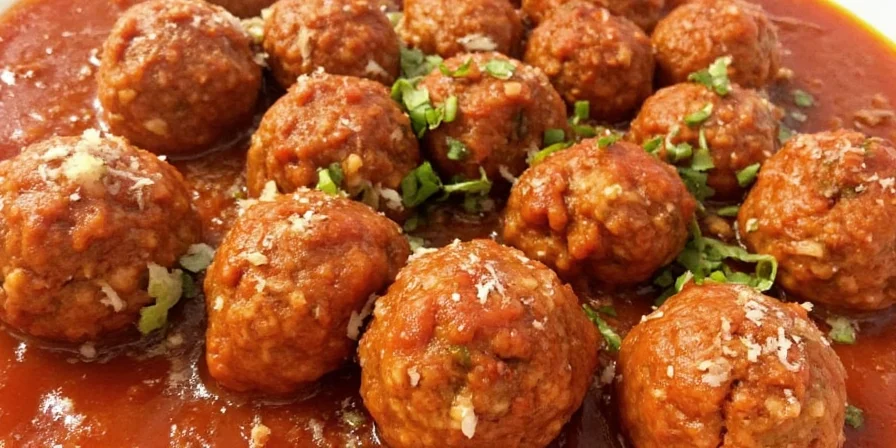
Recipe Variations & Regional Twists
Want to explore beyond the traditional? Try these exciting spins:
- Coastal Albóndigas: Add grated cod or squid ink to the mixture for a seafood twist popular in Andalusia.
- Manchego Style: Incorporate Manchego cheese and almonds into the mixture for a creamy, nutty version.
- Valencian Flavor: Use saffron threads and orange zest in the sauce for a citrusy pop.
- Vegetarian Option: Substitute meat with mushrooms and lentils, keeping the spices intact for a hearty alternative.
Health Benefits of Key Spices
Spices aren’t just about flavor—they pack serious nutritional punch! Here’s how your favorite ingredients benefit your health:
- Paprika: Rich in vitamin A and antioxidants that support eye health.
- Cumin: Known for aiding digestion and boosting iron intake.
- Ginger (optional addition): Can help reduce inflammation and ease nausea.
- Garlic: Natural antibiotic properties and heart health benefits.
- Oregano: Contains compounds that fight bacteria and boost immunity.

Conclusion
Creating authentic Spanish meatballs isn’t just about throwing some ground meat and spices together—it’s a celebration of centuries-old spice traditions, regional influences, and the art of balancing flavors. With the right blend of spices, technique, and a dash of creativity, you can transform humble ingredients into a feast worthy of a Spanish Sunday table.
Remember, the secret to great albóndigas lies not only in the quality of the meat but also in the care you put into selecting and blending the spices. So go ahead—experiment, play with textures, try different herbs, and most importantly… enjoy every bite!
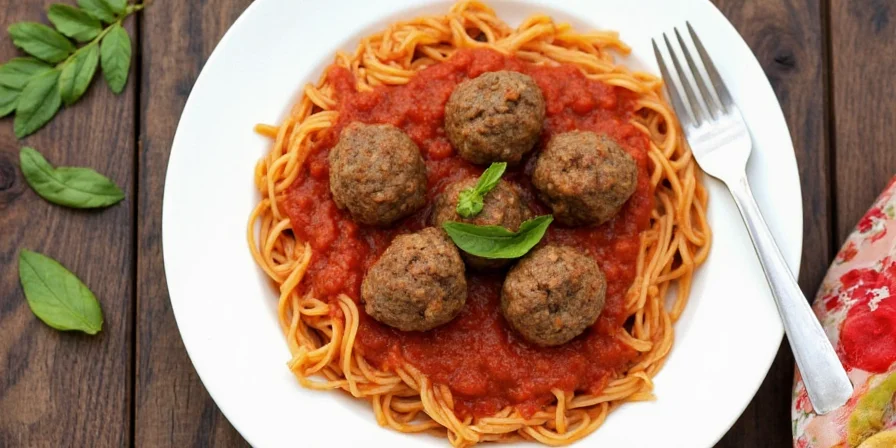

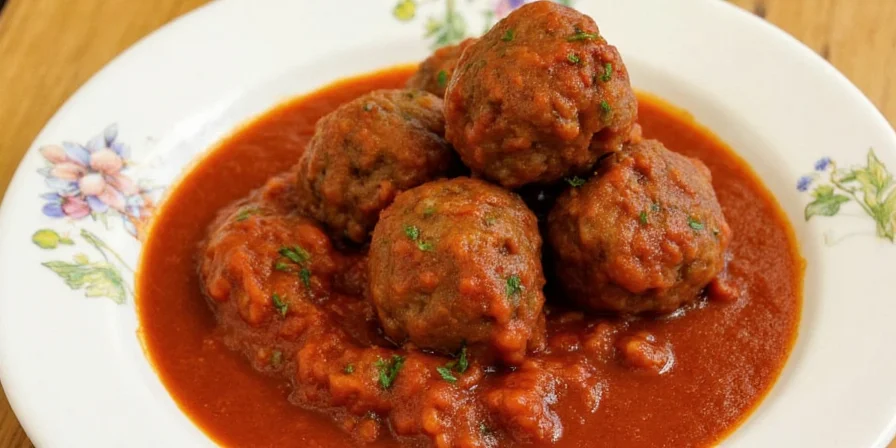









 浙公网安备
33010002000092号
浙公网安备
33010002000092号 浙B2-20120091-4
浙B2-20120091-4